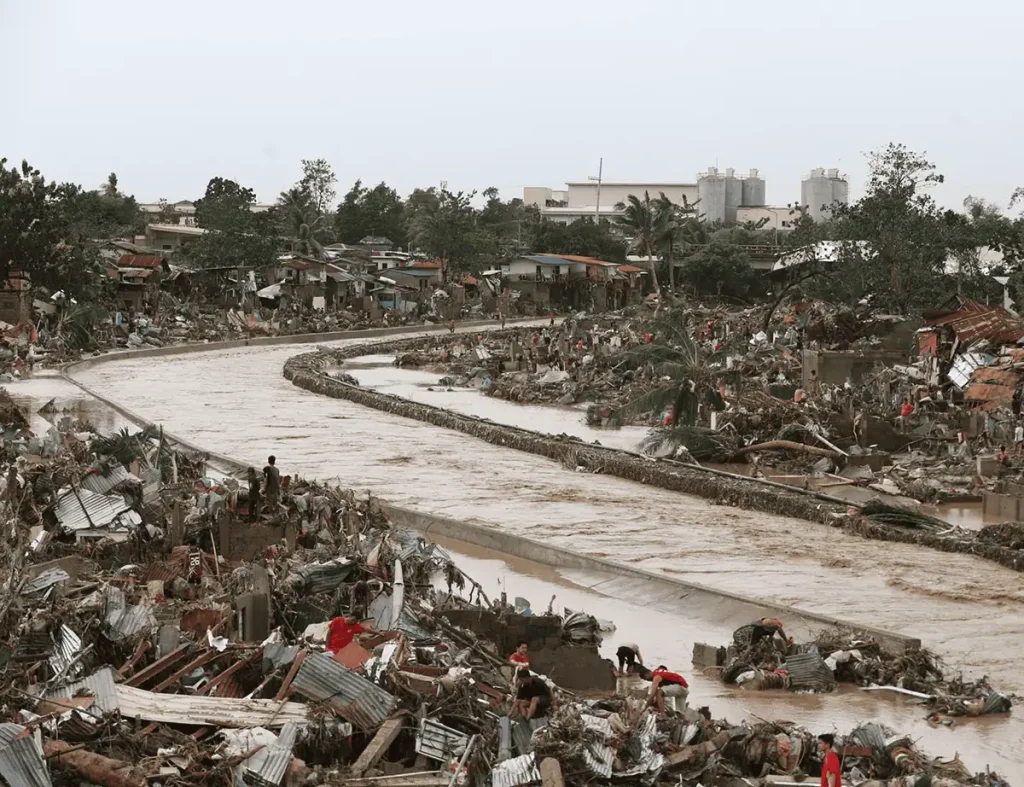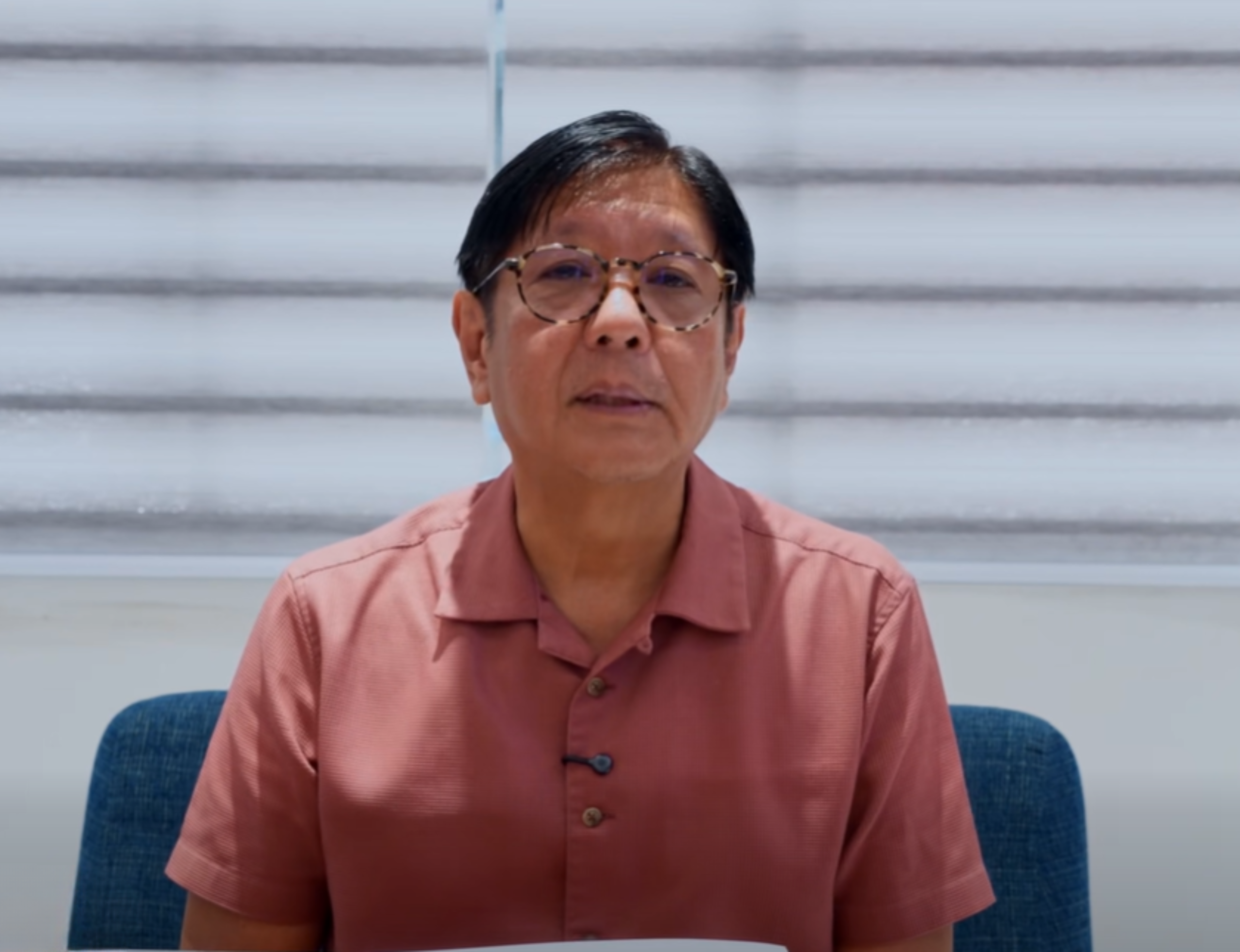
Environment Undersecretary Carlos Primo David said the severe flooding that hit Cebu during Typhoons Tino (international name Kalmaegi) and Uwan (international name Fung-wong) cannot be attributed to one development project alone, noting that several factors contributed to the disaster.
In a radio interview Sunday evening, David acknowledged possible gaps in enforcement and watershed management and stressed the need for long-term measures to prevent future disasters.
He said the Department of Environment and Natural Resources (DENR) Region 7 (Central Visayas) continues to investigate the Monterraza development, and initial actions have already been taken.
“There have been notices of violation issued to the developer based on the investigation conducted by our regional office,” he said.
“The main issue involves the Monterrazas tree-cutting permit, and as relayed to me, all infrastructure development in the area is now suspended pending resolution of the violations found,” he added.
Earlier, DENR Region 7 Assistant Regional Director for Technical Services Eddie Llanedo said the investigation team found that more than 700 trees were cut within the 140-hectare Monterraza property, an apparent violation of forestry and environmental laws.
Mont Property Group, the developer, has denied this.
David said the DENR would closely examine the developer’s compliance and that a case conference between the agency and the proponent would be the next step.
Multiple factors
David cautioned the public against placing all blame on Monterrazas.
“Even without Monterrazas, there would still be flooding. Many other factors contributed,” he said.
David identified four key contributors to the disaster, including the extreme rainfall, which is far stronger than what Cebu typically experiences, the multiple upstream developments across the watershed, flood-control structures that became maladaptive, which worsened water flow instead of mitigating it, and the weak early warning systems, leaving communities unprepared for sudden, intense rainfall.
He added that focusing blame solely on one developer oversimplifies deeper, systemic failures.
David also acknowledged shortcomings on the part of DENR:
“I will not rule out the possible shortcomings of our department in monitoring, but there are many contributing factors,” he said.
Long-term solutions
David said that in a recent meeting with Cebu Governor Pam Baricuatro, he drafted a resolution for a province-wide flood mitigation framework built on three pillars: Stricter land-use planning in flood-prone zones; better-designed flood-control structures to avoid maladaptation; and modernized and faster early warning systems.
He also underscored the need to restore open spaces and natural absorption areas.
He also cited the importance of grey infrastructure, such as retaining walls and other flood mitigation projects, but said that a better strategy is to have more open spaces, parks, and permeable surfaces so water doesn’t go straight to streets and rivers.
“But the more sustainable way is to look at the watershed upstream. Our mountains must be clear and filled with trees to absorb the water. Downstream, we should have natural detention ponds—or prevent water from flowing further using man-made lakes and underground cisterns,” he explained.
He added that countries like Tokyo and Thailand already use these strategies.
“We need to consider other approaches to flooding beyond the traditional flood-control methods we are familiar with,” he said.











